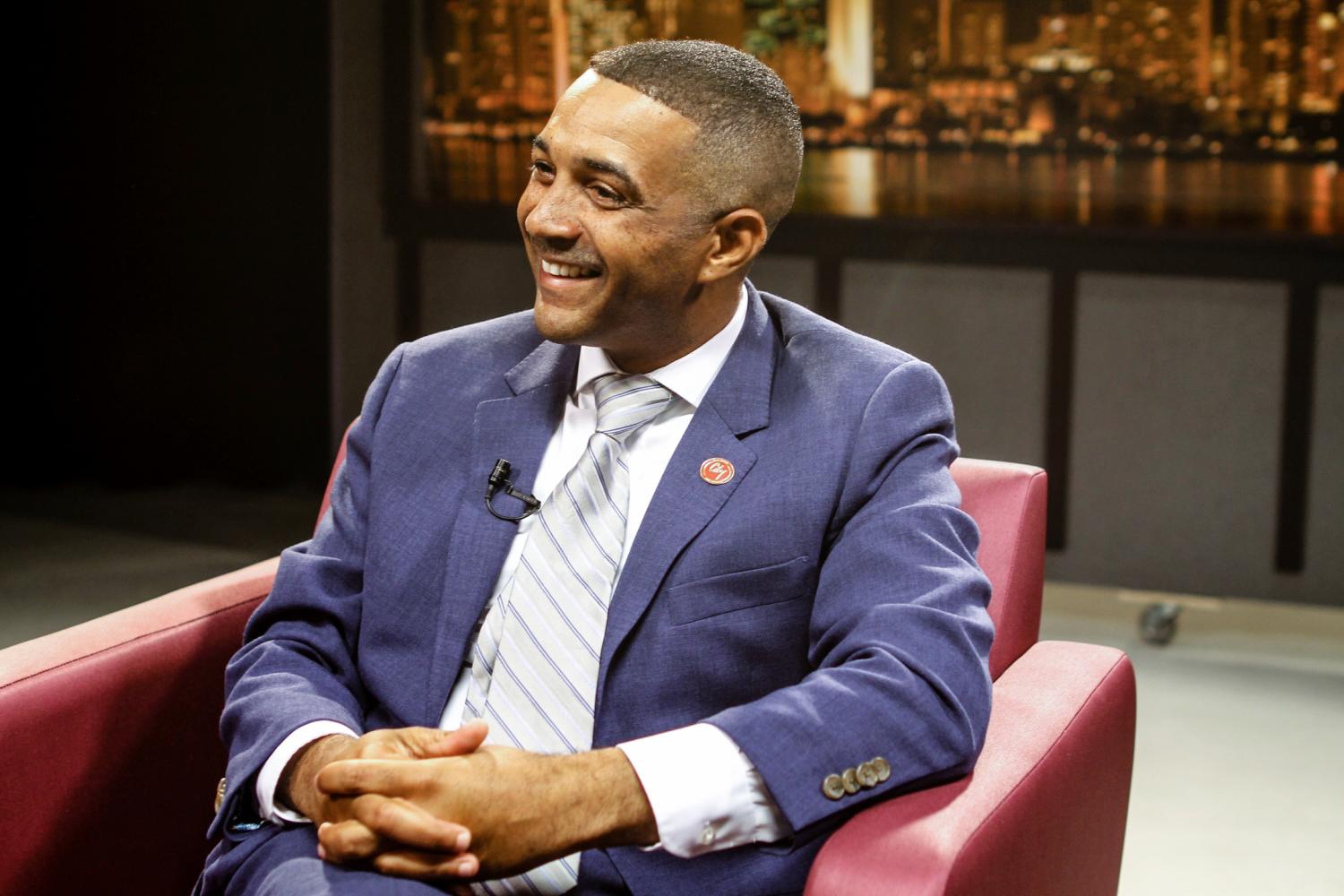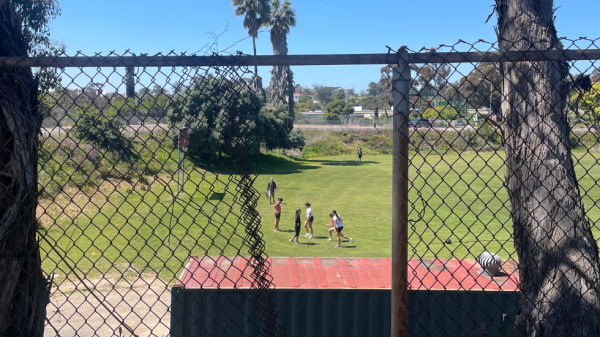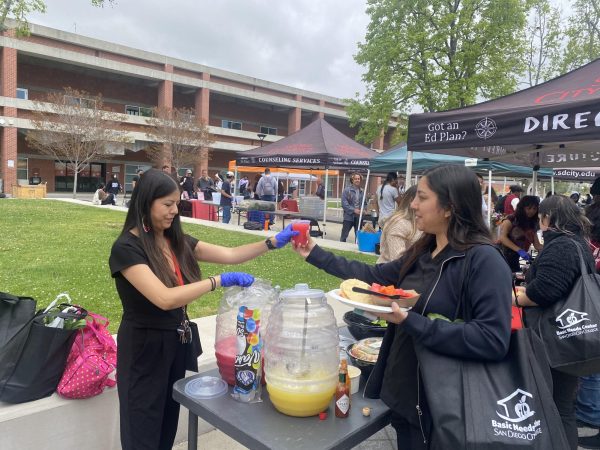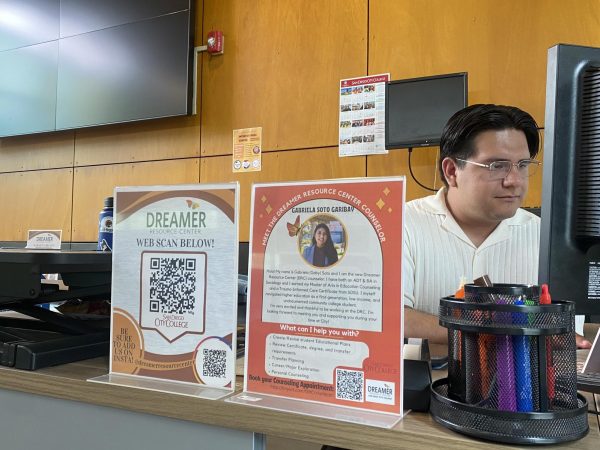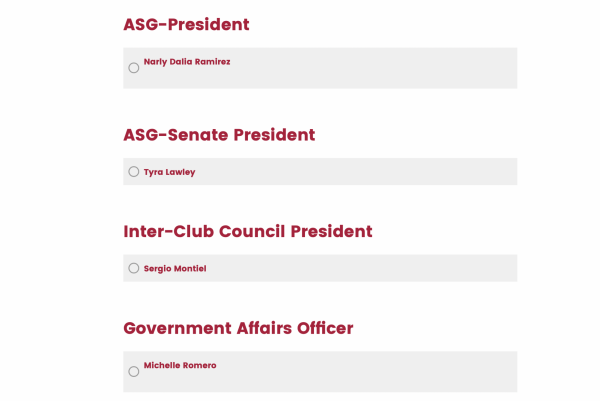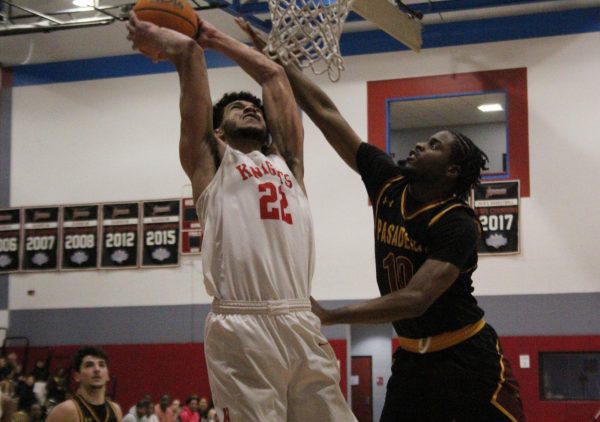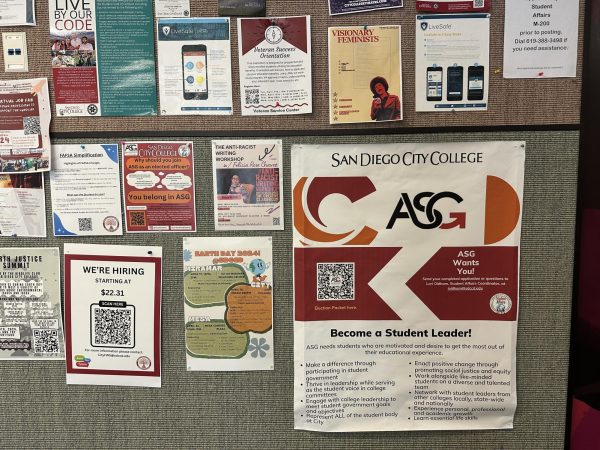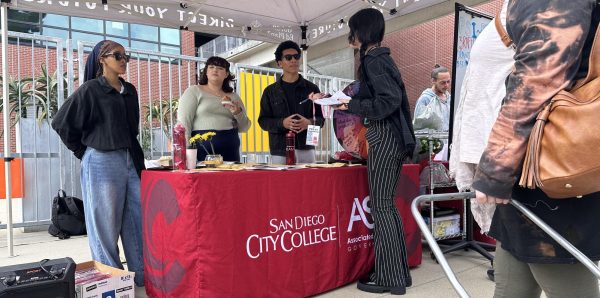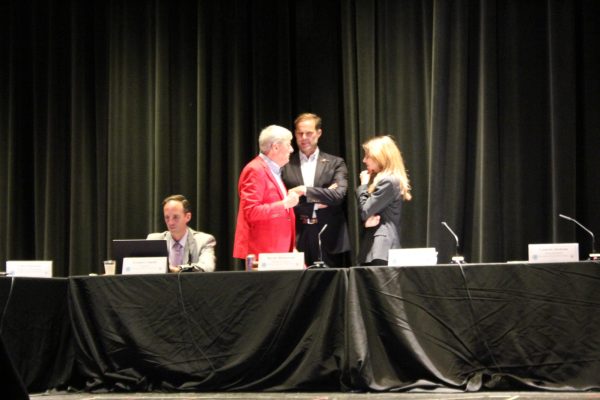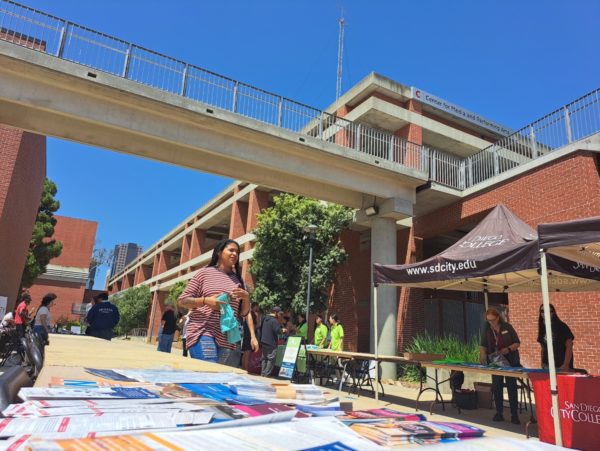A new school year, another new president
Dr. Ricky Shabazz talks culture, opportunity and professional bass fishing
San Diego City College’s new and permanent president, Dr. Ricky Shabazz spoke with City Times and Newscene
September 13, 2017
After two years, San Diego City College has a new permanent president. Dr. Ricky Shabazz, who prefers to be called Ricky, started his first term as college president on July 11, 2017.
Shabazz’s most recent job was Vice President of Student Services for San Bernardino Valley College. He served for three years before accepting the president position here at City College.
Shabazz received his bachelor’s degree in Native American Studies and his master’s in Educational Administration and Supervision from UC Davis. He received his doctorate’s degree in Educational Leadership from CSU San Bernardino.
This is Shabazz’s first term as a college president, although he has been involved in college administration since 1999. He served as Assistant Director of Admissions for UC Davis for five years; he focused on Southern California and particularly San Diego.
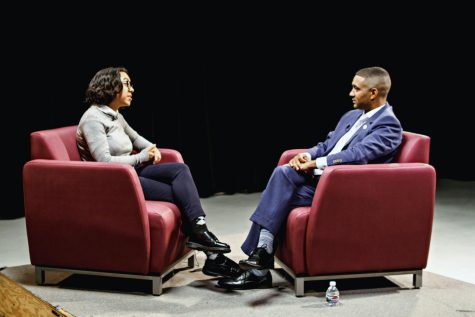
He then spent nearly seven years in the Compton Community College District as Director of Outreach and Relations with Schools, and as the Dean of Students.
“My main goal is the student’s success,” Shabazz said. He explained that at nine weeks into his job, he is too new to have fully realized goals. Instead he offered three of his priorities for City.
Shabazz said his priority for his first year as president is building relationships with the students, faculty, and community at City College. “I have a lot to learn and a lot of people to meet,” he said.
He said that each school has its own culture, from the students and faculty to the surrounding community. He plans to immerse himself in City culture by being present: visiting classes, attending school functions, and taking students and faculty out for lunch and dinner.
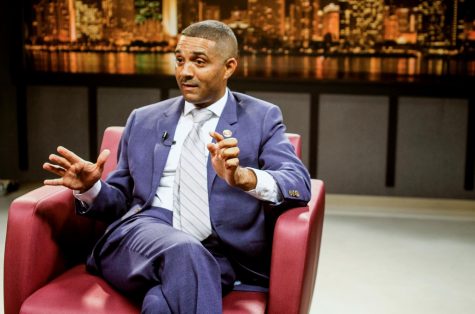
The next item on his list is the school’s accreditation in the fall of 2018. He explained, “In order to continue to offer these world-class programs that we have, we have to be accredited.” City College was given seven recommendations in the last accreditation report that Shabazz and his team must respond to before the next accreditation review.
Third on Shabazz’s list involves strategic planning and enrollment management. He said enrollment is down at City College, which is causing cuts in smaller departments such as Digital Journalism, RTVF, and Drama. City Times and Legend were in danger of being cut this semester due to lack of enrollment.
During Shabazz’s time in the Compton Community College District enrollment increased twofold from 7,000 to 14,000 students. “Enrollment management, that’s what my background is in,” he explained. “And what that means, in very simplistic terms, is making sure that there’s integration between instruction, student services, marketing and the community.”
Simply, more students means more resources, such as funding, for the school. The low cost of community colleges means more access for less affluent students but it also means the allocation of resources gets really competitive throughout the district and the state.
In order to increase enrollment, Shabazz and his team are planning to send postcards featuring different City programs to juniors and seniors at our nearby feeder high schools. Shabazz is also planning to create a commercial showing our different programs to reach more audiences.
“I believe that San Diego City College could have, should have, will have 20,000 students,” he said, referring to the central location of our school and the multiple high schools essentially on our campus. Shabazz said he believes higher education is the key to breaking the cycle of poverty, and that getting people to a higher standard of living is all about access to opportunities.
“The circumstances that allowed me to become president is because I had great mentors, I had great teachers,” Shabazz shared. “The biggest person who impacted my life is my mother, though.”
Shabazz’s mother gave birth to him at 15 and did not graduate high school. He said growing up seeing her work three jobs to provide for his family instilled a work ethic in him, and that she showed him that learning happens inside and outside the classroom.
Shabazz also said he understands that for students, “seeing someone that looks like you, or has a similar background, or has a similar experience,” in his profession is important exposure.
“It really resonates with me, as someone who is the descendant of a slave, to achieve the highest education that this land offers. And to achieve a presidency is not something that I take for granted,” he said.
Ricky Shabazz has spent ample time studying for his degrees and bettering himself for his profession but he has also invested over 10,000 hours fishing since his childhood. “I’m a professional bass fisherman, at least I used to be before I became the president,” he joked.
Shabazz was a freelance journalist for multiple bass fishing publications and has qualified for every major pro level and team championship in the west for the past 10 years, according to Team Bling Fishing.
“I love the outdoors, it’s very spiritual when I’m out there on the water,” he said. He explained that his family would go on fishing trips often when he was a child and that he believes everyone needs an outlet.
Although Shabazz will not have much time for fishing over the next few years. He said, “As I learn the culture of the campus and the community I just want to make sure that I can be a service to the students at San Diego City College in making sure that more students have access to the same opportunities that I’ve had.”


